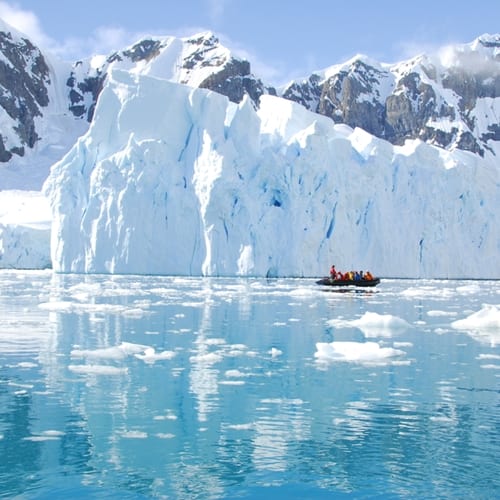Arctic underwater work demands commercial diving insurance that matches the intensity of the mission. Speaking to Red Bull as part of its "Adventure Jobs" series, diver Britt Coates recently discussed some of the work he is confronted with on a day-to-day basis in Antarctica.
Coates describes his work as essentially "underwater construction," but there are several factors that make it more complicated than building work on land. For one, there are the visibility issues that come from working underwater in murkier areas, especially when the environment poses hazards.
In Antarctica, that includes fast-moving icebergs and chunks that can cause serious injury if a diver isn't prepared to dodge them. In warmer waters like the Gulf of Mexico, another region where Coates works, bull sharks are a concern.
He also described the time that divers spend underwater (50 minutes), and the way they schedule their time to allow for recuperation in a decompression tank after.
"It's industry standard to be down as long as we are," he said. "That's how business is done. After I exit the water, I have exactly five minutes to get into the decompression chamber; otherwise, I give those bubbles a chance to get into my blood."
In addition to construction work, the arctic is also a key area for salvage operations. Companies like the one led by Scott Powell are researching the possibility of expanding salvage work in this region. However, this requires the right technology and equipment to be successful. Powell recently told the Maritime Executive that the arctic is an ideal place for testing new developments.

